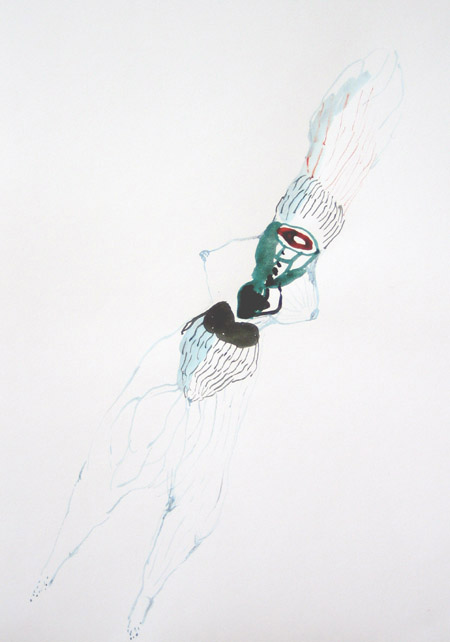Yoichiro Nambu’s Higgs-Boson

However, in the 1960s, Dr. Nambu, who was born in Tokyo in 1921, suggested that some symmetries in the laws of nature might be hidden or “broken” in actual practice.
A pencil standing on its end, for example, is symmetrical but unstable and will wind up on the table pointing in only one direction or the other. The principle is now embedded in all of modern particle physics.
“You have to look for symmetries even when you can’t see them,” explained Michael Turner of the University of Chicago, who described his colleague as “the most humble man of all time.”
In 1972, Dr. Kobayashi and Dr. Maskawa, extending earlier work by the Italian physicist Nicola Cabibbo, showed that if there were three generations of the elementary particles called quarks, the constituents of protons and neutrons, this principle of symmetry breaking would explain a puzzling asymmetry known as CP violation. This was discovered in 1964 by the American physicists James Cronin and Val Fitch – a discovery that also won a Nobel prize.
C and P stand respectively for charge and parity, or “handedness.” Until then, physicists had naively assumed that if you exchanged positive for negative and left-handed and right-handed in the equations of elementary particles, you would get the same answer.
The fact that nature operates otherwise, physicists hope, is a step on the way to explaining why the universe is made of matter and not antimatter, one of the questions that the Large Hadron Collider, the new particle accelerator now preparing for operation, is designed to explore.
